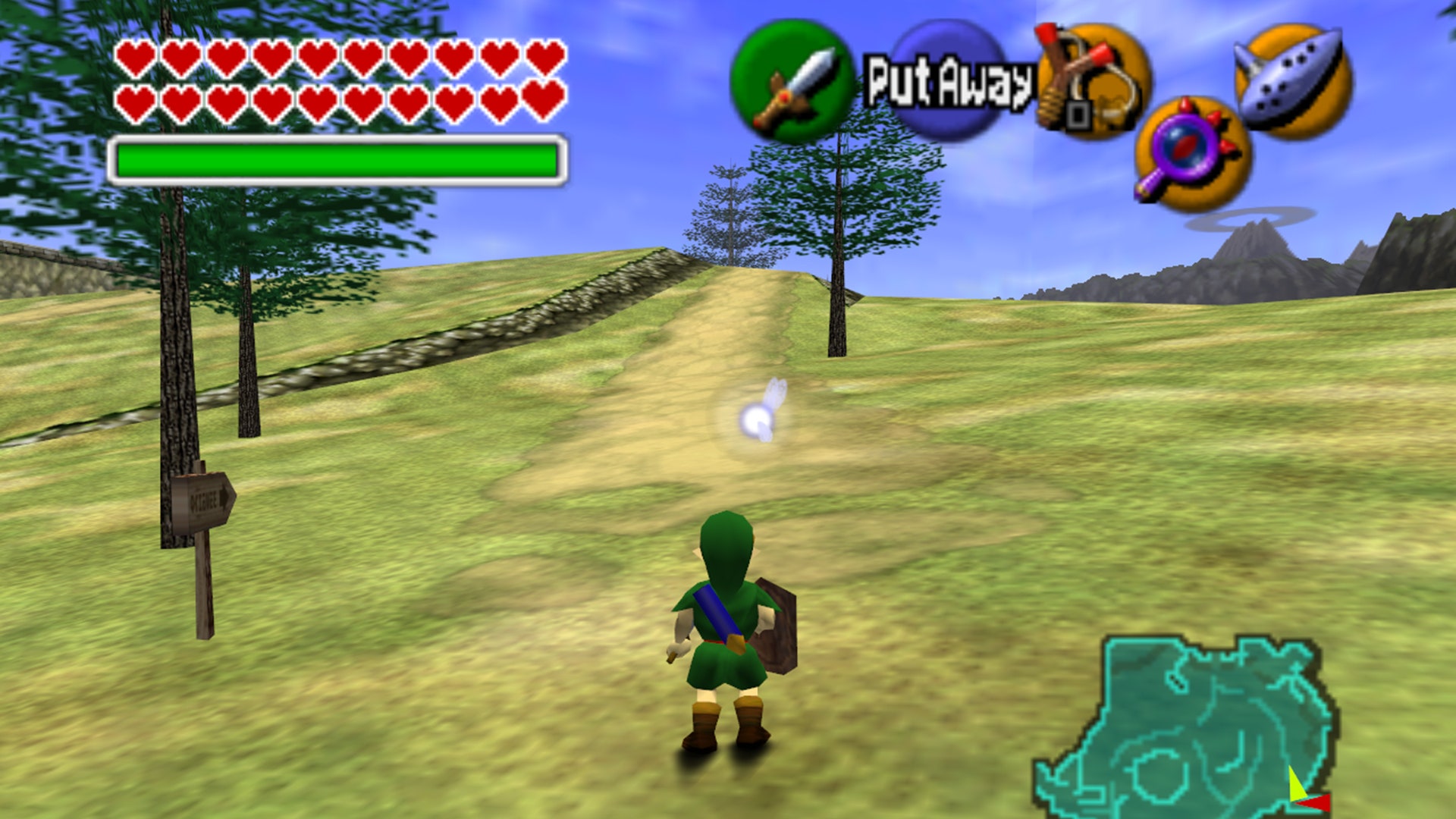With 32.93 million consoles sold, the Nintendo 64 fell quite short of the Sony PlayStation’s (at the time) historic sales numbers. Sony’s debut system reached the 100 million mark effectively ending Nintendo’s decade long domination of the home console market.
Despite this, Nintendo always makes money on software, and it was no different during the Nintendo 64 era. Games like Mario 64, The Legend of Zelda: Ocarina of Time and Golden Eye sold as many copies as the PlayStation’s biggest hitters.
Today, we list the top five best selling games for the system, and as you might have guessed, Nintendo’s own first party efforts dominated the charts.
Editor’s Note: An ‘*’ after a game’s title signifies that the game was bundled at some point with the N64, consequentially affecting its sales numbers.
5. Super Smash Bros. (1999) – Sales numbers: 5,550,000
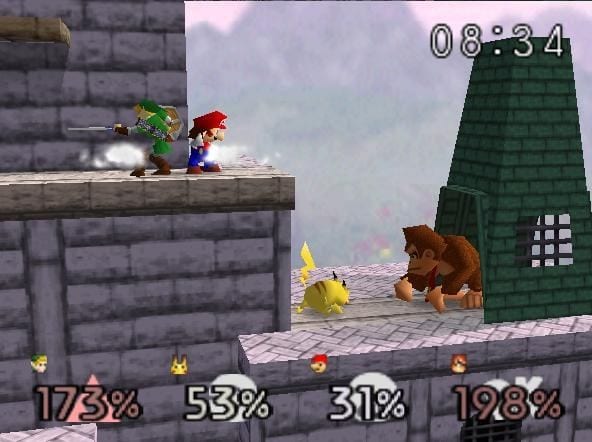
Back in the mid 1990’s, perhaps, some of you might have wondered: “What would happen if Mario, Link, Pikachu, and Kirby come to blows in a royal rumble type of brawl?”
Apparently, someone at Nintendo (Masashiro Sakurai) asked himself the very same question and did something about it. In truth, Sakurai just wanted to make a 4 player fighting game as the N64’s hardware lent itself well to 4 player games.
Fighting Games did not sell well on the Nintendo 64, so he had to come up with an original idea (or concept) for the game’s characters and its setting. Thus, he figured that having Nintendo’s most iconic characters beating the daylights out of each other would sell well with audiences.
He created a well balanced prototype (without telling Nintendo) using a few Nintendo characters before showing the game to Nintendo executives which subsequently green lighted the project.
Super Smash Bros. was the start of one Nintendo’s top selling franchises. It was a well balanced fighting game that served as a perfect ‘party’ game for both beginner and skilled players alike. It is no surprise then, that the game sold this well.
The Super Smash Bros. series would go on to become one of Nintendo’s most beloved and commercially successful franchises.
4. The Legend of Zelda: Ocarina of Time (1998) – Sales Numbers: 7,600,000
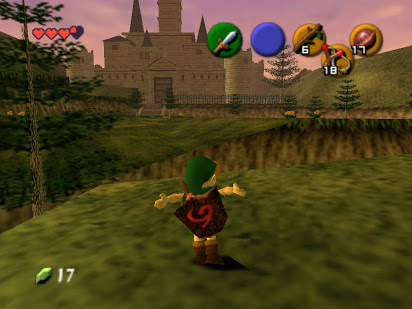
The highest critically rated game of all time (has held the title for nearly 23 years), deserved matching impressive sales numbers. The game was such a ground breaking moment for the gaming industry, that those of us lucky enough to be alive (and old enough to play games) in 1998 would never truly recover from its earth shattering presentation. Ocarina’s visual fest sparked ‘life’ into its unforgettable magical world.
The Legend of Zelda: Ocarina of Time would go on to become the highest selling Zelda game until Twilight Princess dethroned it nearly a decade later. But given that the N64 only sold 32.93 million units, it is impressive that Ocarina managed to outsell A Link to the Past (SNES), and the original The Legend of Zelda (NES) as those titles appeared on consoles with much higher sales numbers.
Ocarina of Time arrived at a critical juncture for the Nintendo 64. The system lacked RPGs, and trailed hopelessly behind Sony’s Playstation in terms of sales. That said, Ocarina of Time redefined action-RPGs,and action adventure games. It also showed developers everywhere how to properly make an ‘open world’ game experience. Even GTA’s (Grand Theft Auto) creator would go on to take inspiration from Nintendo’s 1998 masterpiece while crafting GTA3.
Ocarina of Time featured a seamless (at the time) open world, that allowed players to spot a landmark in the distance and walk (or ride) their way there.
True, Hyrule’s Field served as ‘hub’ to other areas of Hyrule, but the day and night cycle, freedom to undertake certain side quests at different points in the storyline, and fast load times (thanks to the cartridge format) sold the illusion of a breathing living open world that begged to be explored.
While NPC actions, and events were all scripted (as opposed to A.I. driven), back in 1998 you would have trouble finding more lively and personable virtual inhabitants within a game world.
If we add to that the game’s ground shattering combat, brilliant puzzle and dungeon design, touching story, time traveling mechanic (which affected gameplay), horse riding, dozens of side quests, hidden artifacts, the ability to use long range weapons in first person, Z-Targeting, it’s amazing fishing game (which could have sold as stand alone game), etc. It is easy to see why Ocarina remains the highest rated game of all time, and in my opinion, the greatest game ever at the time of release.
Long live the King!
3. Golden Eye 007* (1997) – Sales Numbers: 8,090,000
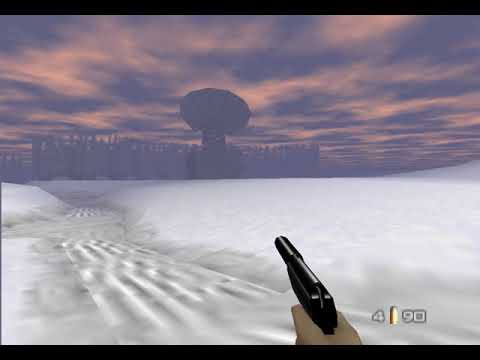
Rare’s Golden Eye 007 was an important driving force behind the N64’s sales numbers (it was even bundled with the system for a brief stint). It attracted a crowd of older gamers to the system that otherwise would have stayed safely tucked under the PlayStation’s mature and ‘cooler’ embrace.
In 1997, Golden Eye was the most realistic looking console game, and a wonderful First- Person shooter that broke away from the mold previously established by ‘Doom like’ corridor shooters.
It was the ‘cool’ game to own if you had an N64, and its revolutionary (at the time) 4 player split screen death match modes lent the game an enormous amount of replay value. Golden Eye was the ‘college dorm room’ game of the era, and would remain so until the arrival of Halo: Combat Evolved 3 years later.
While its sales numbers suggest that only 1 out of 4 N64 owners had the game, I have yet to find an N64 buff that didn’t play the game at some point in time during the late 90s.
2. Mario Kart 64 (1996) – Sales Numbers: 9,870,000
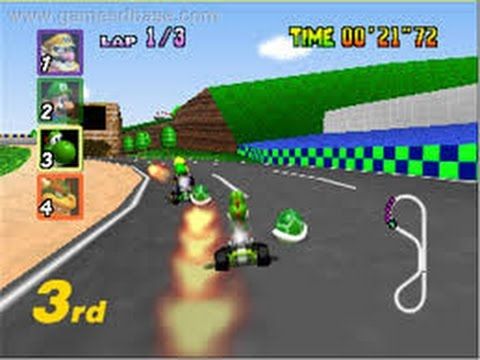
Judging by how high the sales numbers of Super Mario Kart (SNES) were in Nintendo’s previous system, Mario Kart’s success on the Nintendo 64 was expected.
Mario Kart 64 was aided by the fun and tight gameplay that the previous game had been known for, but this time around the game was presented in full 3-D glory (though the characters remained sprite based).
The fact that it was launched in the 1996 holiday season helped to bolster sales. After all, apart from Super Mario 64, and a few other games, what else was there to play?
It was also the first good game to feature a four player split screen mode. Consequently, parents were left with little choice other than to grab a copy of Mario Kart 64, and a few extra controllers for their kids.
Some of us preferred Rare’s prettier Diddy Kong Racing, but it is hard to compete with the staying power of the Mario brand.
1. Super Mario 64* (1996) – Sales Numbers: 11,910,000
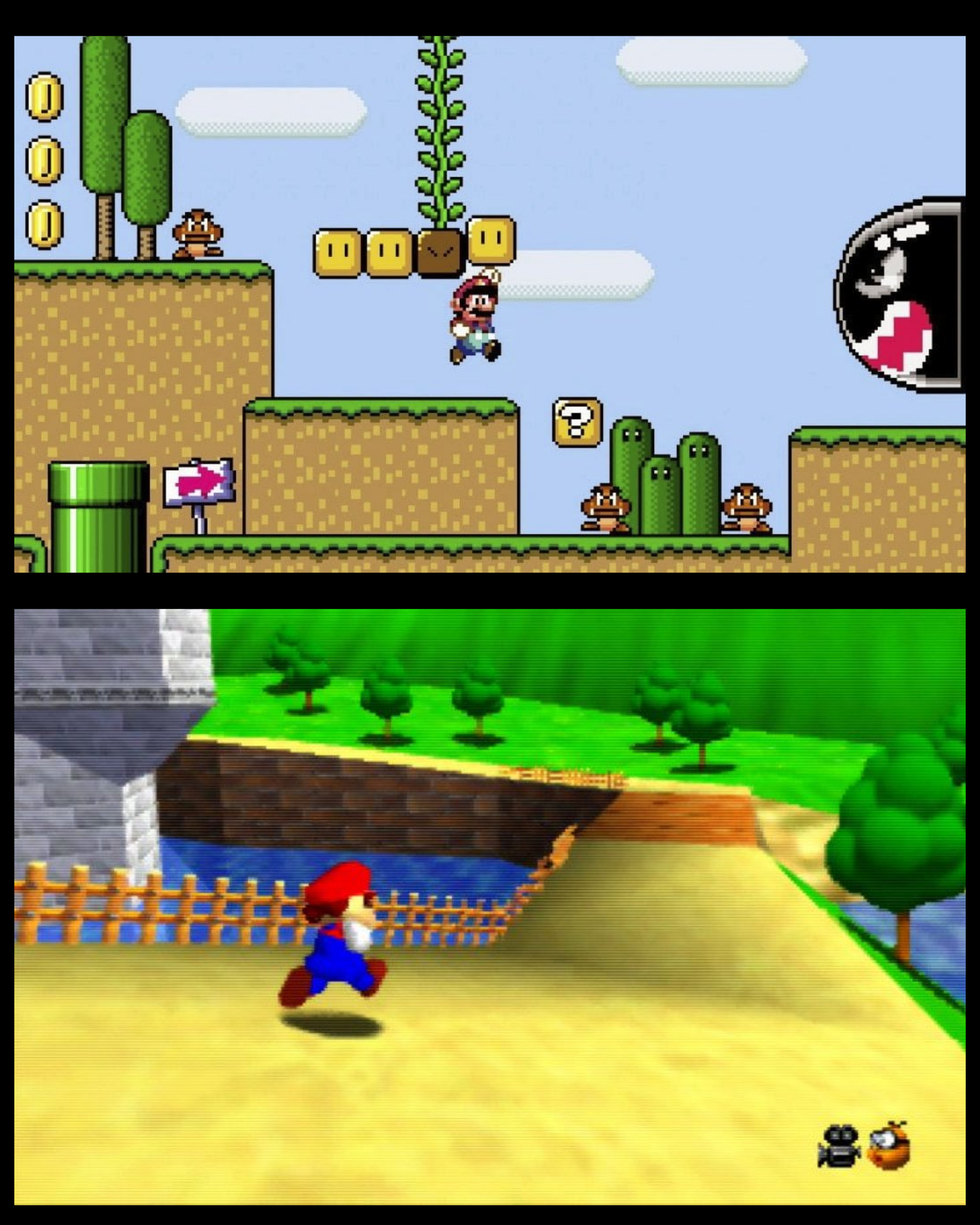
Are we shocked? Super Mario 64 was the best reason to own a Nintendo 64 for almost a year (until Golden Eye arrived). The Sales Numbers demonstrate how important Super Mario 64 was to Nintendo’s ultra powerful, but media storage limited system.
It is hard to remember now (unless you were a 1990’s kid), but Super Mario 64 was not just ‘another Mario’ game, it was a true revelation. Super Mario 64 did not just show the world just how powerful the Nintendo 64 was over the competing systems, it also showed the world how proper 3-D games were to be done.
No game has, or will ever (until some gets VR right) capture the magic of watching Mario traversing large colorful worlds on a TV screen for the first time. The possibilities felt endless, and Nintendo’s brilliant sandbox design for the game’s world allowed for my imagination to run rampant.
I played Mario 64 again a few months ago on the Switch Remaster…and Mario 64 remains an entertaining brilliant piece of software, even when stacked against modern games.
Super Mario 64 may not be the greatest N64 game ever (though it is arguable), but it is certainly its most important one. Perhaps, even the most important game for 3-D gaming as a whole.
With Super Mario 64, Shigeru Miyamoto and Nintendo EAD showed that they didn’t just craft video games. Instead, Mario 64 showcased that they were the wizards behind some of the most stunning magical experiences ever made.
Agree with the author? Couldn’t disagree more and are frothing at the mouth to tell him? Leave a comment here, on Facebook or send an email and make sure to follow Never Ending Realm on Facebook, Twitter, and YouTube!
